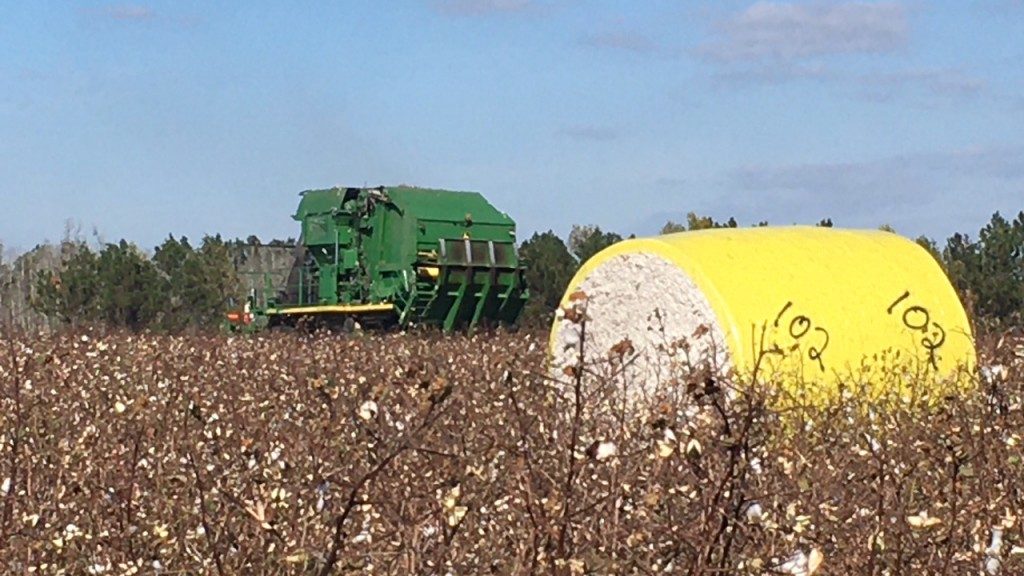Jeremy Kichler
-
Below are a few words from Dr. Dennis Hancock, UGA Forage Specialist, about the fertilization strategies for winter annual forages. Yet again, the weather is making farming a high stakes game of chance. We had a very wet end to the summer growing season (in most areas) and this resulted in the leaching out of almost…
-
Date: February 2, 2016 Location: UGA Tifton Campus Conference Center HOW TO REGISTER: By Mail or Online. Mail your completed registration form with payment to Conference Office, UGA Tifton Campus Conference Center, 2360 Rainwater Road, Tifton, GA 31793-5766. Make checks payable to UGA TCCC/Corn. You may also register on-line at www.ugatiftonconference.org – click on registration…
Posted in: Corn -
Every year the UGA Ag Economics Department updates row crop production budgets. Excel spreadsheet budgets for corn, peanut, grain sorghum, and soybean are available for use. Each commodity has an irrigated and dryland budget. If you are interested in the 2016 row crop budgets go to the link below. Also, the Jan 2016 version of…
-
The University of Georgia Extension Ag Economics Department has released an updated Crop Comparison Tool for 2016. This spreadsheet includes cotton, peanuts, corn, soybeans, wheat and grain sorghum in both irrigated and non-irrigated situations. Growers can also compare the cost difference between conventional and strip till production systems and also compare returns above variable costs…
-
Below are a few words from Lenny Wells site selection and air flow in pecan production. One of the most often over-looked factors I see regarding production problems in pecan is a consideration of the site where the orchard was planted. Not long ago, I spoke with a grower who had been on a very good fungicide program.…
Posted in: Pecans -
Below is good information from Dr. Nancy Hinkle, UGA Entomology, about kissing bugs and Chagas Disease. Kissing bugs have been in Georgia for millions of years. They, and their relatives such as leaf-footed bugs and wheel bugs, are common. Kissing bugs are not deadly and most of them are not infected with the parasite that…
Posted in: Entolomogy -
Below is a link to the Cotton Marketing News for 11-30-15. cmn11302015
-
Below is information from Dr. Dennis Hancock, UGA Extension Forage Specialist, about feeding moldy hay to livestock. Because of the wet fall, many producers have faced extremely difficult field curing conditions for their hay. Additionally, hay that was bone dry in the field has, in many cases, developed mold problems in the barn. This later issue…
Posted in: Hay & Forages -
Watch Out for Prussic Acid !! This is the time of year cattle producers need to be careful of Prussic acid. Prussic acid poisoning may occur when livestock consume certain forages and wild plants. Prussic acid is also called hydrocyanic acid or HCN. HCN can build up to toxic levels in leaves of plants such…
Posted in: Hay & Forages -
Led by increases in forestry and livestock values, Georgia’s agricultural output increased by $484 million in 2014, making agriculture, once again, the largest industry in the state with a value of $14.1 billion. According to the most recent University of Georgia Farmgate Value Report, published earlier this month, the value of Georgia’s livestock and aquaculture…
Posted in: Uncategorized
